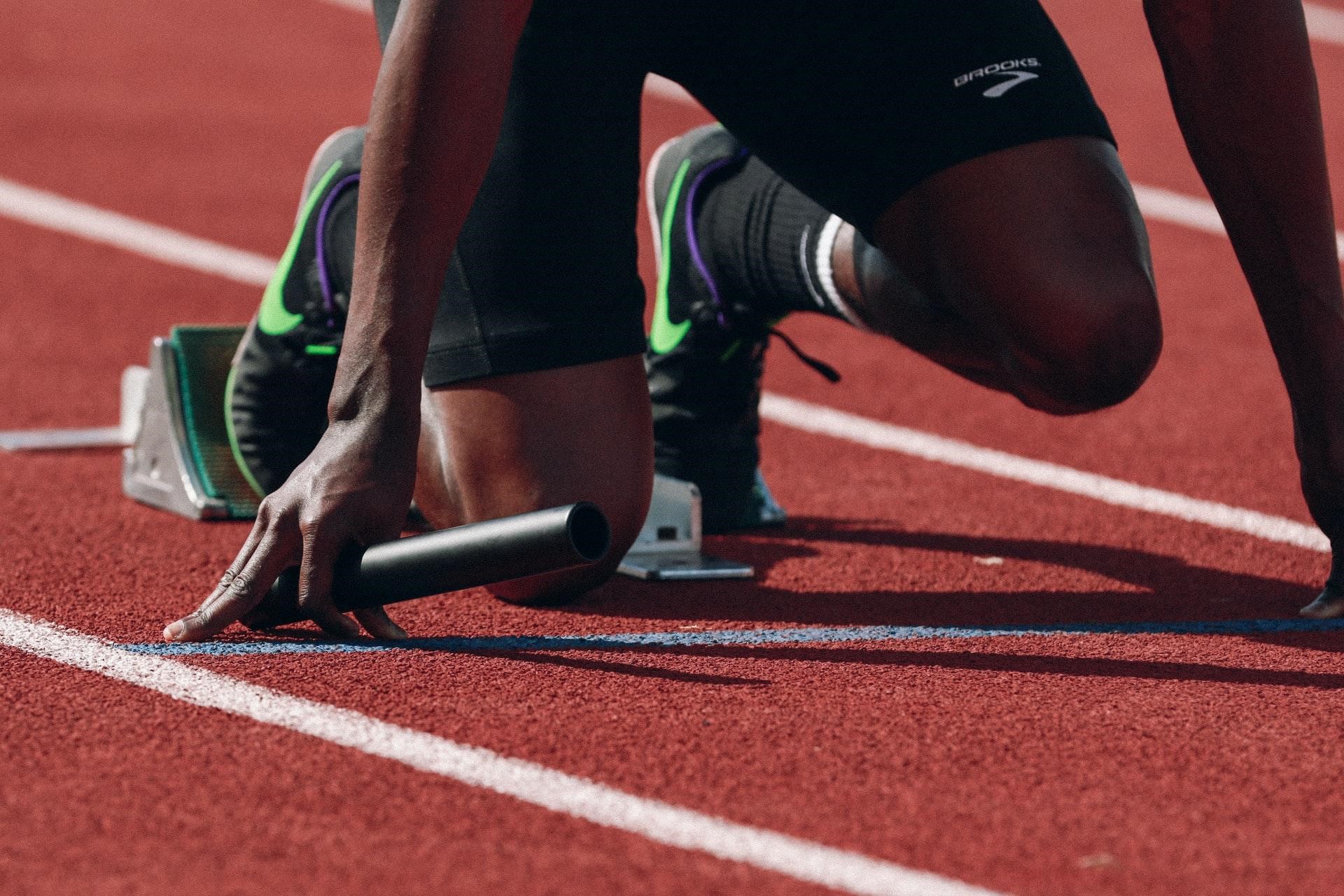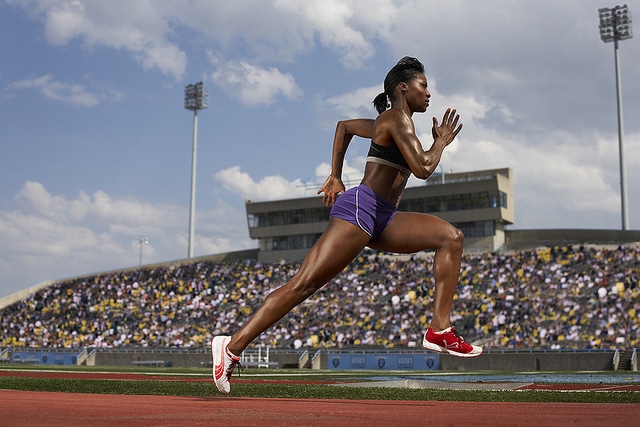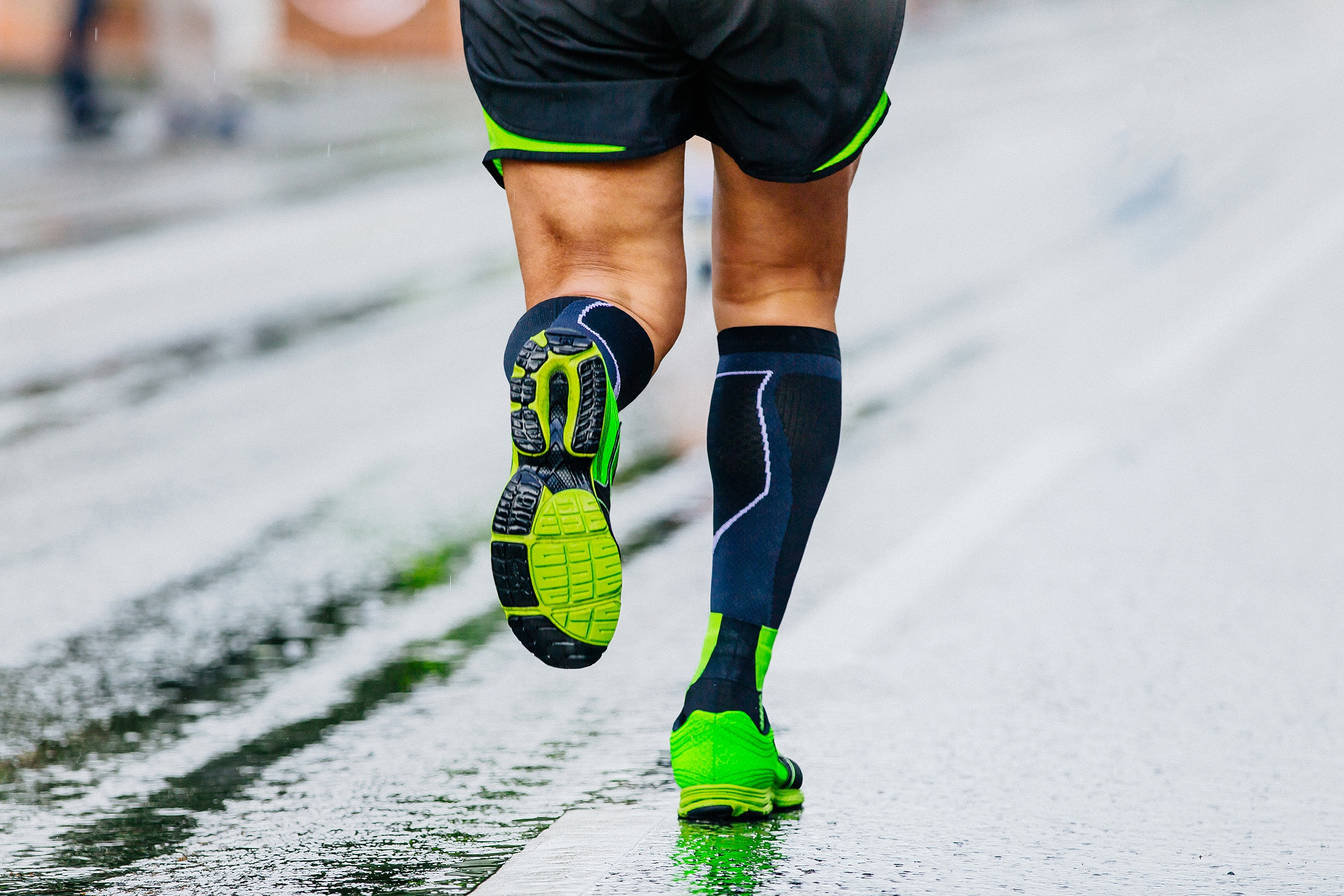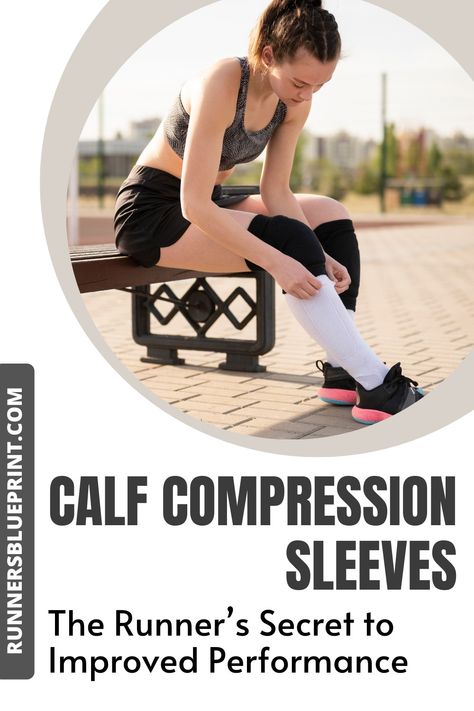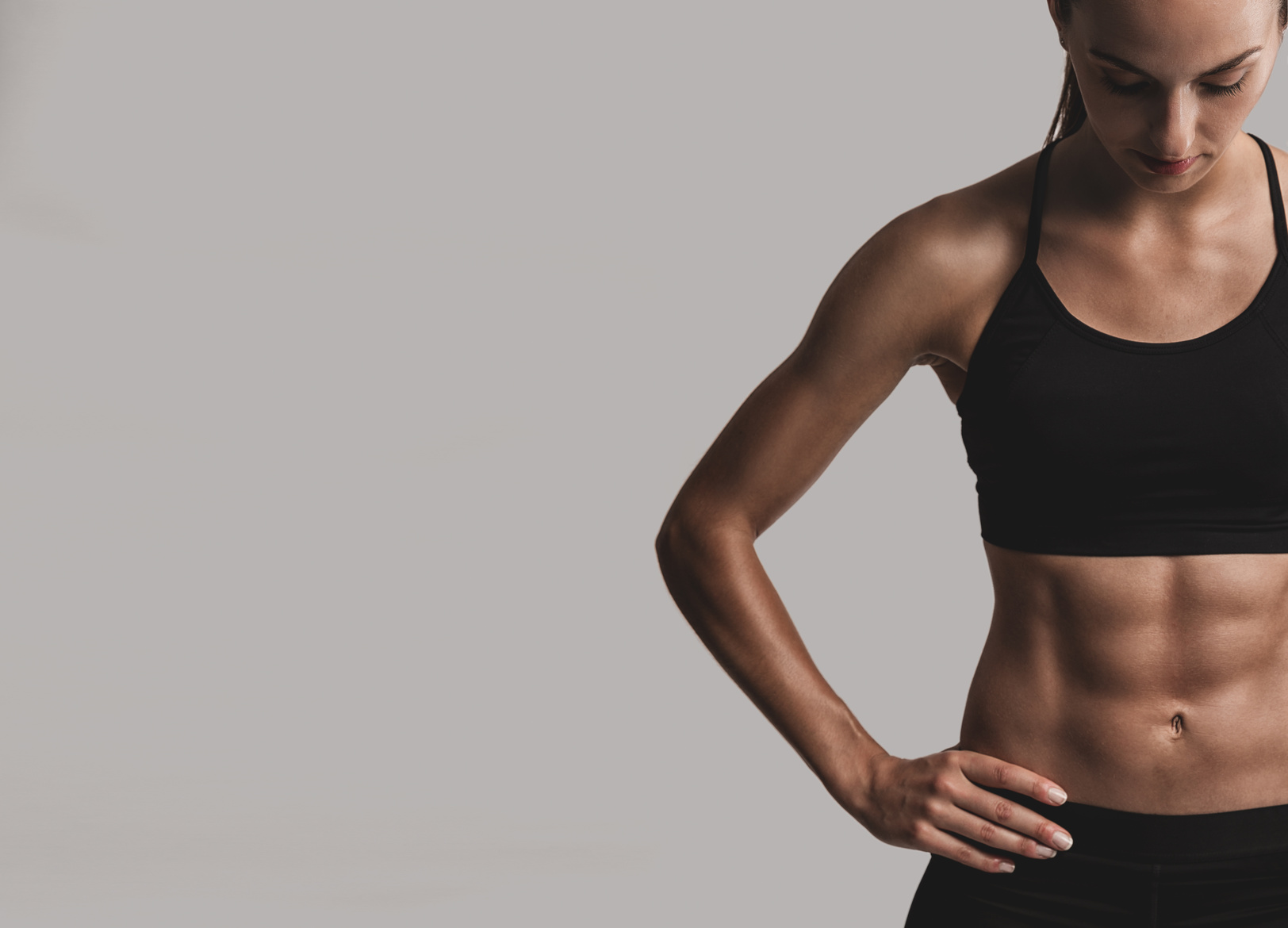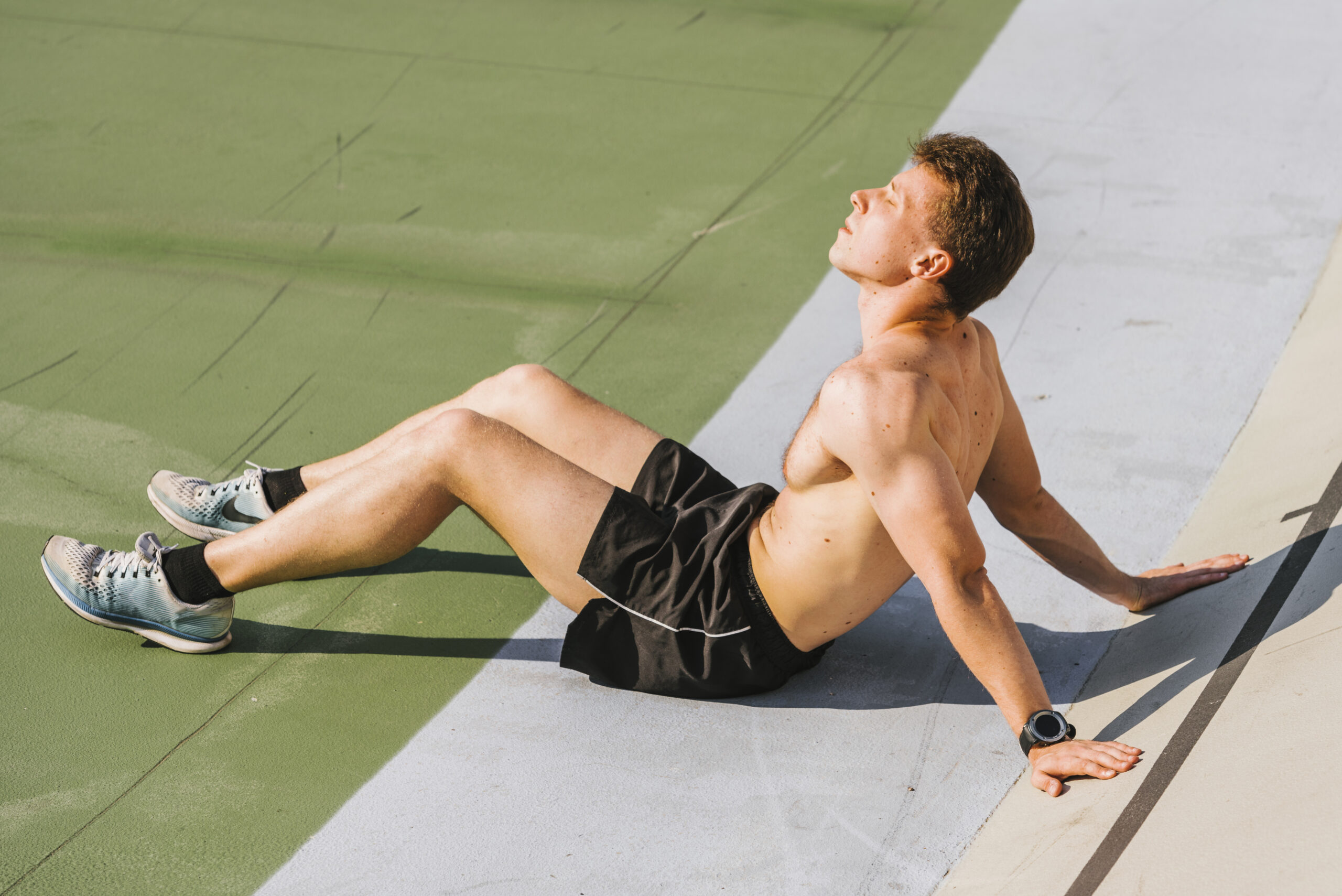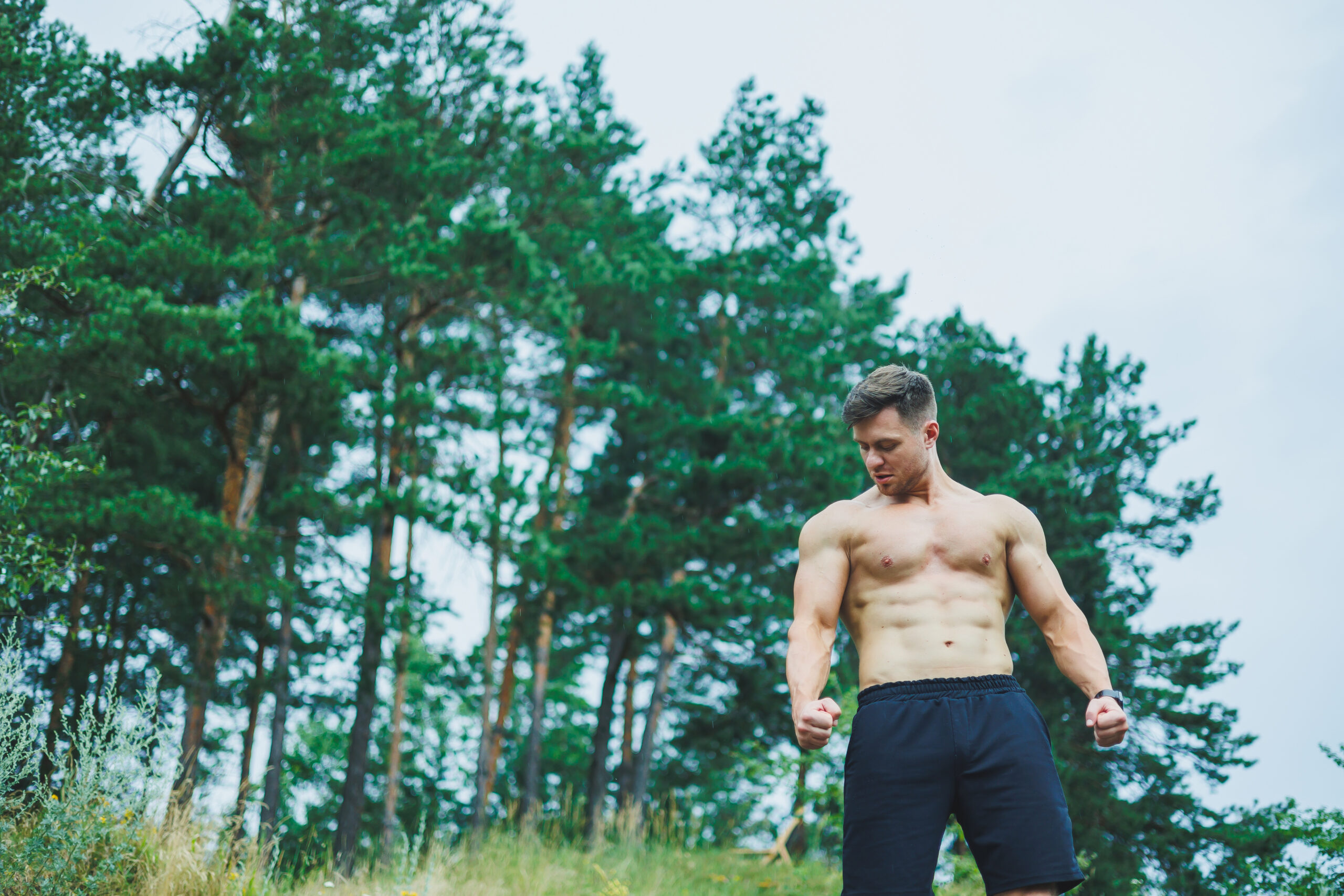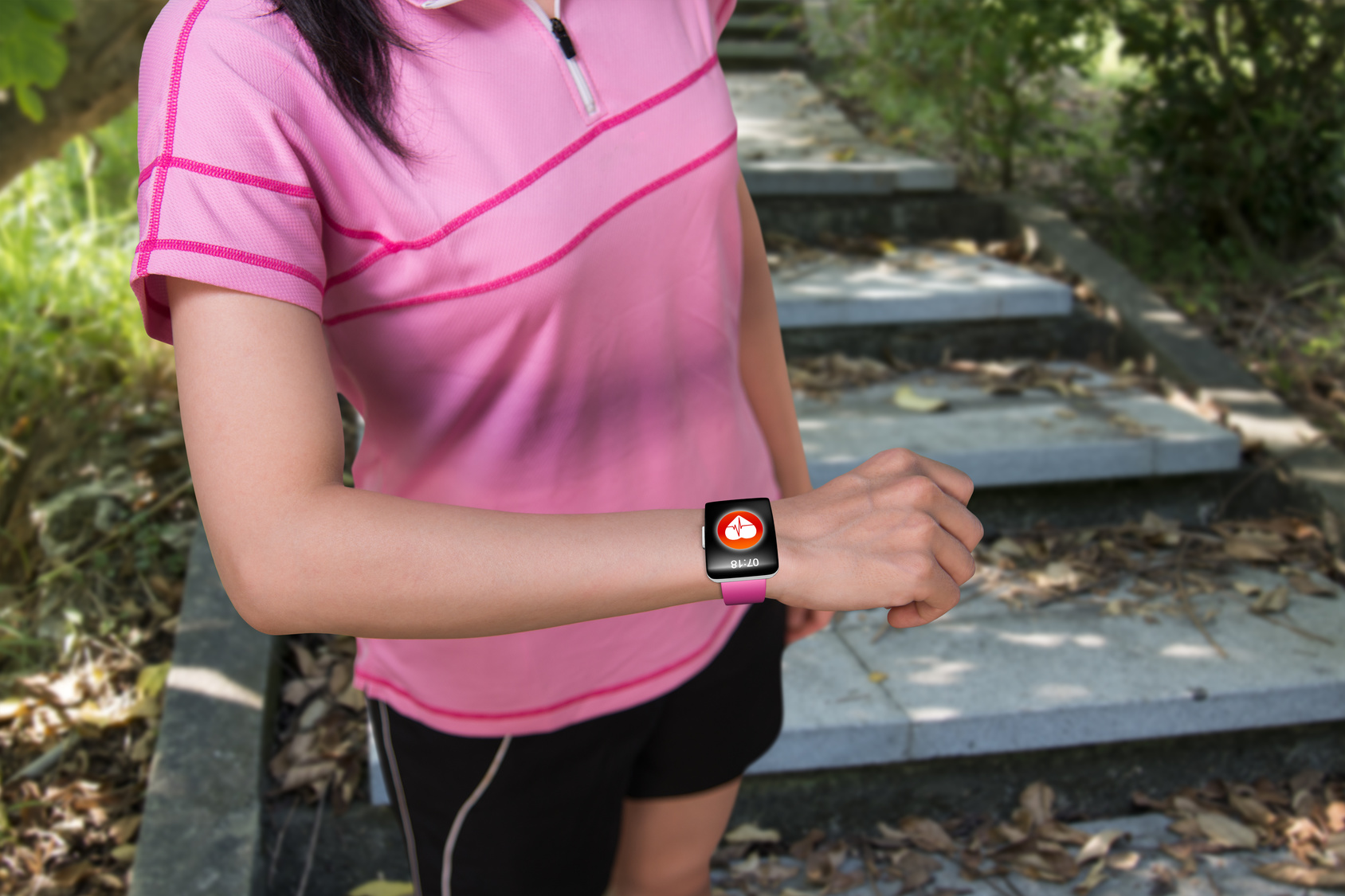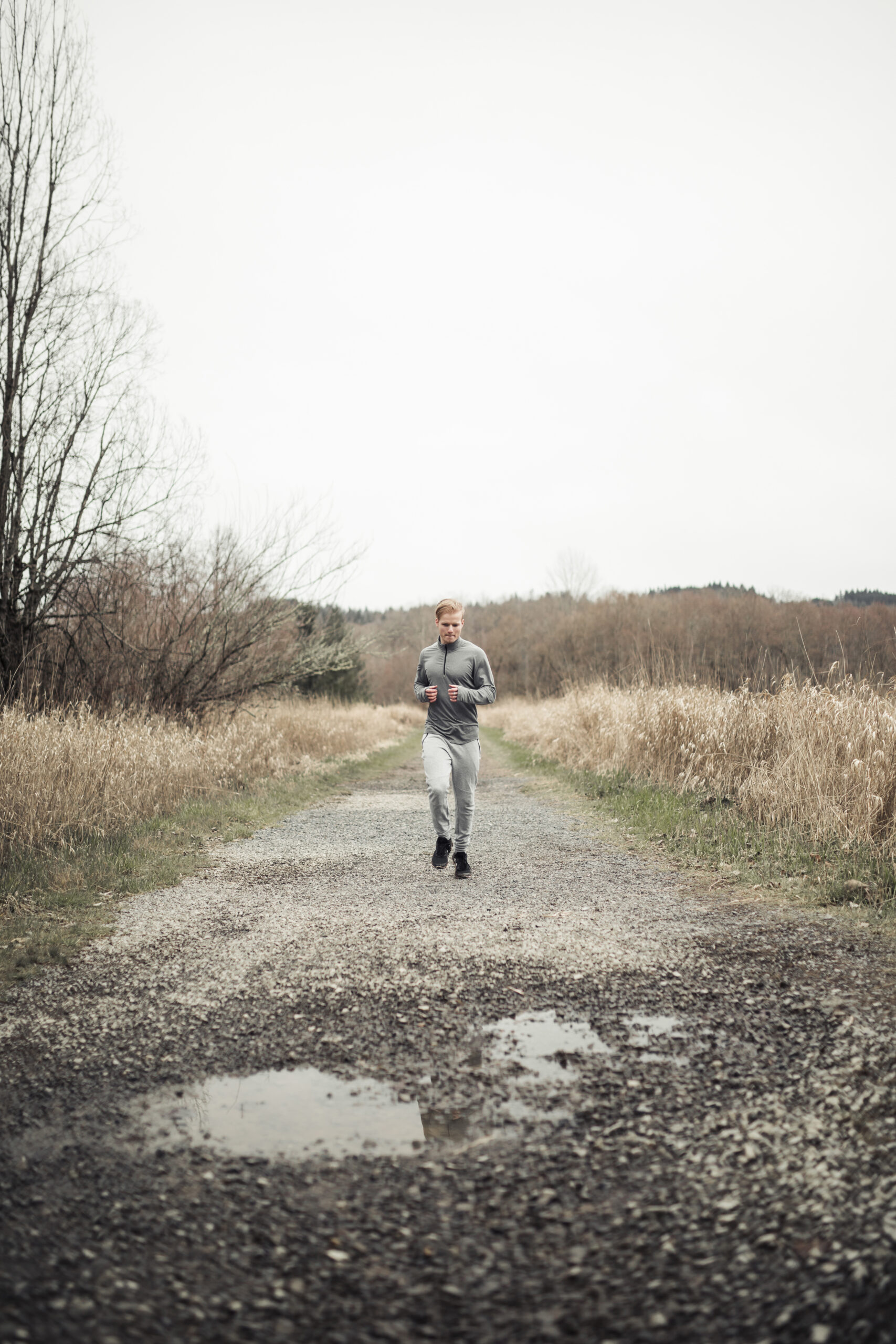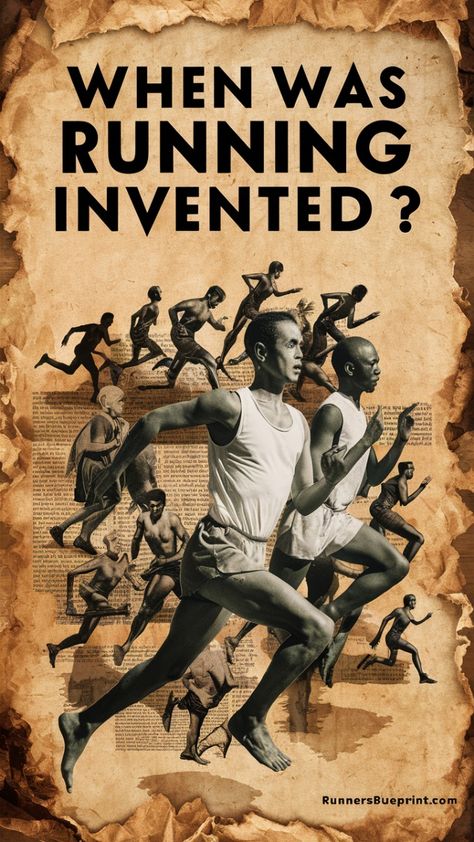Let’s face it, a running jacket can make or break your outdoor workouts. A good running jacket can make your run feel awesome, but a bad one can ruin your day.
Now, I know you’re probably wondering, “How the heck do I choose the right jacket?” Well, let’s break it down like we’re picking out gear for a battle with the weather—because, let’s be honest, that’s exactly what winter running feels like.
Hydrostatic Head Test & Membrane vs. Coated Technology
So, you’ve probably heard about waterproof ratings, right? That’s where the hydrostatic head test comes in. This test checks how long a jacket can handle rain before you get wet. The higher the number (measured in millimeters), the better it can handle a downpour without soaking through. Simple as that.
Membranes and coatings?
Let me explain.
Membranes, like Gore-Tex, are thin layers that keep rain out but still let sweat escape. Think of it like a two-way street—water out, sweat out. On the other hand, coated fabrics? They’re a little cheaper but don’t breathe as well. You might stay dry from rain, but you’ll probably feel sweaty inside.
The 3-Layer System for Weather Protection
First, you’ve got your base layer, which is the foundation. It should keep you dry and comfy. Then, comes the mid-layer. This one keeps you warm. A little extra insulation can help a lot here. But remember, it has to let sweat escape too. Too much insulation without breathability, and you’ll overheat in no time.
Lastly, you’ve got the outer layer—your protective shield. This layer keeps wind and rain off your body. Not all of them are the same, though. Let me break it down.
Windproof, Water-Repellent, and Waterproof Jackets
Alright, let’s talk about the difference here, because this is where people mess up.
-
Windproof jackets? They’re your best friend when the wind’s howling and you’re just trying to stay warm. They won’t keep you dry if it rains though.
-
Water-repellent jackets are a bit more versatile—they’ll resist water to an extent. It’s like having a rain jacket for light showers. But once the downpour starts, you’ll get soaked.
-
Now, the waterproof jacket? This is your battle armor for the elements. Waterproof means exactly what it says—water ain’t getting through, no matter what. It’s got sealed seams, special membranes, all that high-tech stuff. But remember, it has to let sweat escape so you’re not a sweaty mess inside.
Body-Mapped Insulation
Now, here’s something I’m really into: body-mapped insulation. If you’ve ever had a jacket that traps heat in the wrong spots, you know how annoying it is. You end up freezing in some areas and sweating in others. That’s what body-mapped insulation does. It’s like a jacket designed just for you, putting warmth exactly where you need it. The rest of the jacket stays lighter and breathable, so you’re not drowning in sweat. Body-mapped insulation makes running in cold weather way better.
Waterproof vs. Water-Resistant Jackets
Alright, picture this: You’re out there, pounding the pavement in a downpour, and your jacket’s doing the exact opposite of its job—getting soaked through. That’s why knowing the difference between a waterproof and a water-resistant jacket is crucial.
-
Waterproof Jackets are your knights in shining armor. They keep you completely dry, no matter how hard it rains. These bad boys have taped seams, which stop the rain from sneaking through.
-
Water-Resistant Jackets? Let’s just say they’re like your well-intentioned buddy who tries to help, but after 30-45 minutes in a downpour, they give up. You’ll stay dry at first, but once the storm picks up, you’ll get wet.
Breathability
The best jackets keep rain out but also let sweat escape. Look for breathable materials that let moisture escape without letting the rain in. Mesh or thin, moisture-wicking fabrics keep your body cool while still protecting you.
High Visibility
Reflective patches help you stay safe by making sure cars can see you. These are usually around high-movement areas, like the elbows and shoulders, so light bounces off you like a disco ball. Yeah, you’re that bright.
Fit
A jacket that’s too loose will flap around and slow you down. Make sure you can move your arms freely and breathe comfortably. Try it on with your workout layers underneath. Does it fit well? Good. Is it too tight? Nope. Too loose? No way.
The Price Tag
I know, nobody likes talking about money, but let’s be real—running jackets come in a wide price range. You’re looking at anywhere from $60 to $300, depending on the brand and features.
If you’re ballin’ on a budget, go for something in the $100 to $140 range. That’s where you’ll get the sweet spot—enough tech without draining your wallet. A waterproof jacket will cost a bit more than a water-resistant one because you’re paying for that high-end protection, but it’s totally worth it for those brutal runs.
Recommended Running Jackets
Janji Rainrunner Pack Jacket 2.0 – Your Lightweight Shield from the Rain
Picture this: You’re out for a run, rain starts coming down, but you don’t want to feel like you’re running inside a garbage bag. The Janji Rainrunner Pack Jacket has your back. This jacket is the perfect balance of rain protection and breathability, so you can keep going without getting drenched or overheated.
-
Fully Waterproof: It’s got a durable, water-repellent coating and taped seams, so you stay dry even when the rain won’t let up.
-
Lightweight & Packable: Seriously, it packs into a small pocket. Toss it in your back pocket, and you won’t even notice it’s there. A rain jacket that disappears when you don’t need it? Genius.
-
Vented Panels: The vented panels let air flow through, so you won’t end up soaked in sweat halfway through your run.
-
Looser Fit: It’s roomy enough for layers, but not so big that you feel like you’re wearing a parachute. You’ll be comfy and free to move.
Best for: Rainy runs where you need full protection, but still want to stay cool.
Price: Around $208. It’s an investment, but if you want something that works in all kinds of conditions, it’s totally worth it.
The North Face Winter Warm Pro Jacket – Warmth for Cold Runs
Cold weather? Snow? This jacket is your go-to armor. The North Face Winter Warm Pro Jacket is made for those chilly runs where you need warmth, but you don’t want to feel like you’re running in a sleeping bag.
-
Heatseeker Eco Insulation: It keeps your core warm (the most important part) while leaving your arms with less insulation so you don’t overheat. Smart, right?
-
DWR Finish: It resists light rain or snow, so you’re covered for those cold, wet runs.
-
Windproof & Breathable: Wind’s a nightmare when it’s cold, but this jacket blocks it while still letting you breathe so you don’t roast.
-
Zip Pockets: No more worrying about losing your keys mid-run. These zip pockets keep everything in place.
Best for: Runs in cold temps, snow, or light rain. If you’re always cold on winter runs, this jacket feels like a portable heater you can actually move in.
Price: Around $150 (on sale). It’s not cheap, but for how well it performs in brutal conditions, it’s a steal.
Lululemon Another Mile Jacket – Sleek, Stylish, and Warm
The Lululemon Another Mile Jacket is all about keeping you warm without suffocating you. It’s built to keep you feeling great and looking good while you log those miles.
-
Body-Mapped Insulation: It’s got the perfect amount of warmth around your core while leaving your arms breathable. No more oven-like sleeves—this jacket keeps you comfy all over.
-
Windproof & Water-Resistant: Light rain and wind won’t slow you down. It’s not waterproof, but it’s perfect for keeping you dry in light rain.
-
Sleek Fit: This jacket is slim, flattering, and perfect for layering. It’s not bulky, but it still keeps you warm.
-
Thumbholes: A total game-changer. The thumbholes extend the sleeve coverage so your hands stay warm too.
Best for: Cold runs with light rain or wind. If you want to stay warm without the bulk, this jacket’s your perfect match.
Price: Around $228. It’s a bit on the pricey side, but it’s Lululemon quality. You’re getting something that looks amazing and works even better.
REI Co-op Swiftland Insulated Running Jacket – The Best Value
Looking for an awesome jacket that doesn’t break the bank? The REI Co-op Swiftland Insulated Running Jacket is the best value out there. It gives you performance, comfort, and durability—all at an affordable price.
-
Synthetic Insulation (40g): Keeps you warm without feeling like you’re carrying extra weight.
-
Breathable Body-Mapped Design: It lets moisture escape as you warm up, so you won’t end up all sweaty.
-
Lightweight & Durable: Built to last, this jacket won’t slow you down, and it’s made from ripstop fabric to handle the wear and tear of training.
-
Thumbholes & Soft Zipper Guard: Another win for thumbholes. And the zipper guard keeps you from dealing with any annoying chafing.
Best for: Cold to mild winter runs. It’s perfect if you need warmth and moisture control without running in a blizzard.
Price: Around $100. For the quality you’re getting, this is a steal. You won’t find better value for the price.
The Bottom Line
A good running jacket isn’t just about picking something that looks good. You need features that adjust to what the weather’s doing, keep you comfortable, and don’t add a bunch of unnecessary weight. Windbreakers for those gusty days, insulated options for the cold, adjustable hoods for sudden weather shifts—you’ll be thankful for these little details when you’re out there grinding through the elements.
Trust me, I’ve run in everything from freezing rain to scorching sun, and the right jacket makes all the difference. So don’t skimp—invest in gear that’s built for the job.


